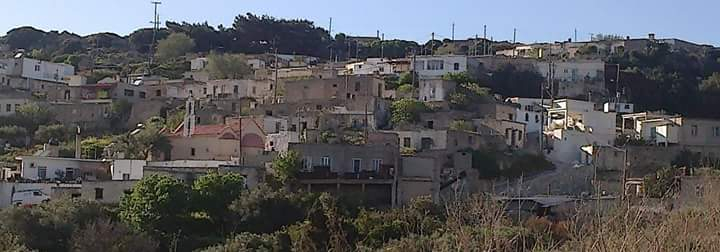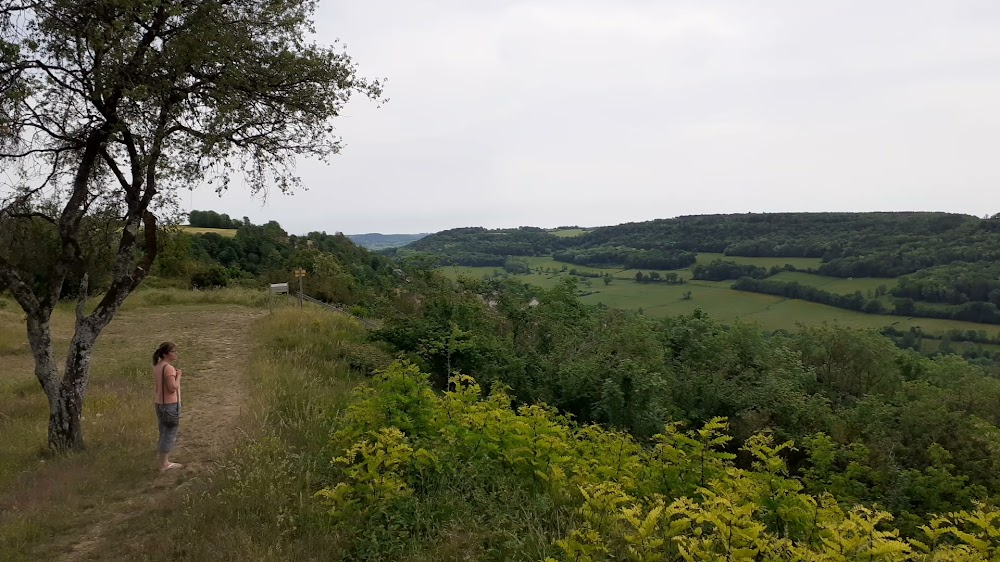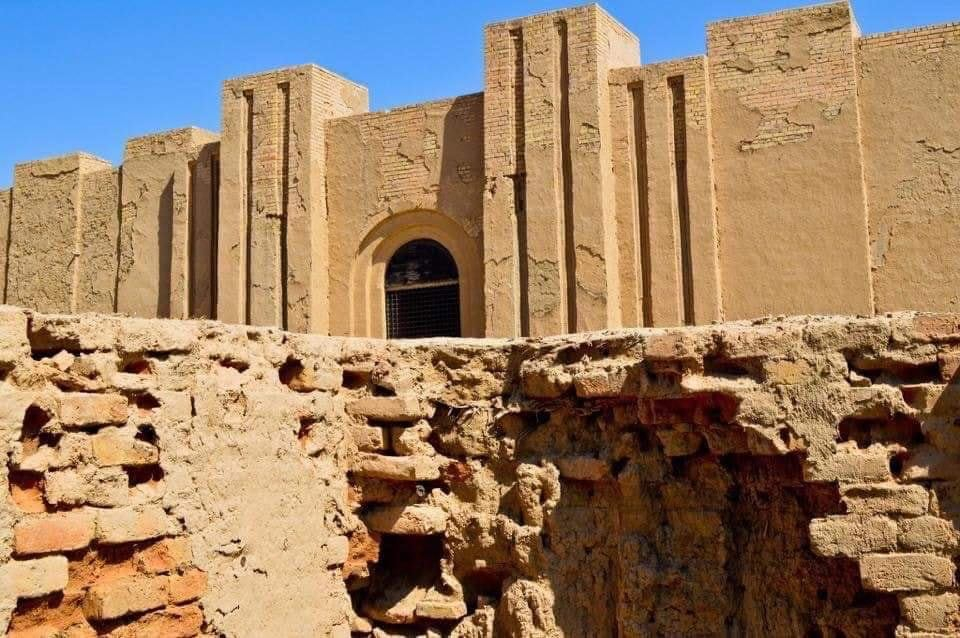Sphinx - Geheimnisse der Geschichte Filming Locations

Where was Sphinx - Geheimnisse der Geschichte filmed? Sphinx - Geheimnisse der Geschichte was filmed in 64 locations across United States, Germany, Egypt, Greece, France, Iraq, Australia, Romania, United Kingdom, Italy, China, Denmark, Greenland, Turkey, Iran, Japan, Israel, Norway and Spain in the following places:
Sphinx - Geheimnisse der Geschichte Filming Locations
Aachen is a spa city near Germany’s borders with Belgium and the Netherlands. Aachen Cathedral was founded around 800 A.D. and a Gothic chancel was added later. Its Domschatzkammer (treasury) has medieval artifacts including the shrine of Charlemagne, who was buried here in 814 A.D. Nearby is the baroque town hall, Aachener Rathaus, with 19th-century frescoes. Sulfurous water fills the fountains of Elisenbrunnen.
Abu Simbel is a village in the Egyptian part of Nubia, about 240 km southwest of Aswan and near the border with Sudan. As of 2012, it has about 2600 inhabitants. It is best known as the site of the Abu Simbel temples, which were built by King Ramses II.
Alexandria is a Mediterranean port city in Egypt. During the Hellenistic period, it was home to a lighthouse ranking among the Seven Wonders of the Ancient World as well as a storied library. Today the library is reincarnated in the disc-shaped, ultramodern Bibliotheca Alexandrina. The city also has Greco-Roman landmarks, old-world cafes and sandy beaches. Its 15th-century seafront Qaitbay Citadel is now a museum.
Berlin, Germany’s capital, dates to the 13th century. Reminders of the city's turbulent 20th-century history include its Holocaust memorial and the Berlin Wall's graffitied remains. Divided during the Cold War, its 18th-century Brandenburg Gate has become a symbol of reunification. The city's also known for its art scene and modern landmarks like the gold-colored, swoop-roofed Berliner Philharmonie, built in 1963.
Brittany, France’s northwesternmost region, is a hilly peninsula extending out toward the Atlantic Ocean. Its lengthy, rugged coastline is dotted with beach resorts such as chic Dinard and walled Saint-Malo, built on rock in the English Channel. The Pink Granite Coast is famed for its unusual, blush-hued sand and rocks. Brittany is known for its abundant prehistoric menhirs (a type of megalith).
Bucharest, in southern Romania, is the country's capital and commercial center. Its iconic landmark is the massive, communist-era Palatul Parlamentului government building, which has 1,100 rooms. Nearby, the historic Lipscani district is home to an energetic nightlife scene as well as tiny Eastern Orthodox Stavropoleos Church and 15th-century Curtea Veche Palace, where Prince Vlad III (“The Impaler”) once ruled.
Capua is a city and comune in the province of Caserta, in the region of Campania, southern Italy, situated 25 km north of Naples, on the northeastern edge of the Campanian plain.
Copenhagen, Denmark’s capital, sits on the coastal islands of Zealand and Amager. It’s linked to Malmo in southern Sweden by the Öresund Bridge. Indre By, the city's historic center, contains Frederiksstaden, an 18th-century rococo district, home to the royal family’s Amalienborg Palace. Nearby is Christiansborg Palace and the Renaissance-era Rosenborg Castle, surrounded by gardens and home to the crown jewels.
Corinth is a municipality in Corinthia in Greece. The successor to the ancient city of Corinth, it is a former municipality in Corinthia, Peloponnese, which is located in south-central Greece.
Cornwall is a county on England’s rugged southwestern tip. It forms a peninsula encompassing wild moorland and hundreds of sandy beaches, culminating at the promontory Land’s End. The south coast, dubbed the Cornish Riviera, is home to picturesque harbour villages such as Fowey and Falmouth. The north coast is lined with towering cliffs and seaside resorts like Newquay, known for surfing.
Crete is the largest and most populous of the Greek islands, the 88th largest island in the world and the fifth largest island in the Mediterranean Sea, after Sicily, Sardinia, Cyprus, and Corsica. Crete is located about 100 km south of the Peloponnese, and about 300 km southwest of Anatolia.
Sphinx - Geheimnisse der Geschichte (1994)
This German format is not a series properly speaking, as it has no permanent cast or script continuity, but presents each time a 45 minutes documentary, usually in part presented as a docudrama (not faction, as close to scientific knowledge as possible, but visually attractive), elaborating a specific historical theme, widely varied, often exotic in the sense of a far time (as far back as prehistoric times) and/or place (around the globe), although some episodes fit together well, chronologically or thematically, but always fit to be watched separately. Usually authentic locations are used, as well as scenes from and/or interviews about the scientific research it is based upon.





